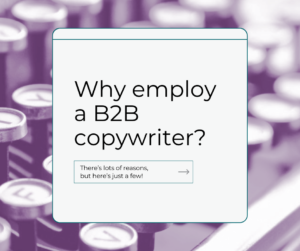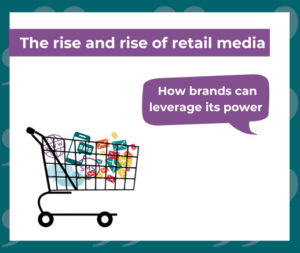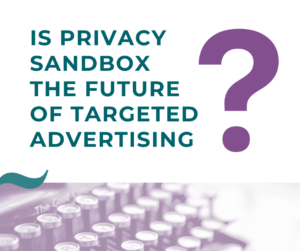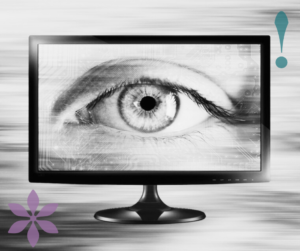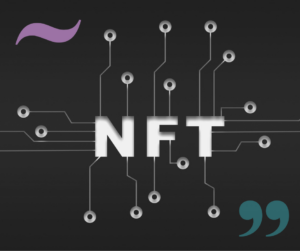NBA, Gucci, Nyan Cat, and even Taco Bell have taken a slice of the NFT pie. But what exactly an NFT, and how much is it worth?
Everywhere you look. there’s an NFT for this or an NFT for that. It’s a buzzword that has been making waves not just in the tech space but also in the art scene over the past couple of years.
What is an NFT?
Born out of Terra Nullius, a Redditor’s interactive Ethereum creation in 2015, NFTs are non-fungible tokens, which simply means that an asset can’t be replaced or copied – it’s completely unique. Take the example of the Mona Lisa.
Sure, you could buy a poster or print out a picture of the painting, but it could never replace Da Vinci’s original masterpiece.
NFTs work in the same way. They’re essentially bits of data created on the blockchain that enable users to verify and authenticate ownership of digital goods. These goods could be in the form of digital artwork, music, or even GIFs. The point is, they’re unique and unlike anything else on the market.
Though they’ve been around for a while, NFTs only really started to gain momentum in late 2020. According to the Wall Street Journal, the market cap of NFTs soared from just under $50m in 2018 to $338m by 2020 – a pretty large jump. A jump that has excited and sparked interest in the digital token.
While some have marvelled over NFTs – seeing them as clever investments or cool pieces of art – others are a little skeptical – after all, why would you buy something that you can just take a snapshot of?
Why do they even matter?
After seeing the explosion of the Nyan Cat NFT (selling for just over $690k) we thought we’d do a little digging. If a rainbow-trailing cat made of Pop-Tarts can gain that much traction, then NFTs must be doing something right.
Here’s what we found:
NFTs have transformed the art market
When you think of art-collecting, you think of auctions and rich men in suits. You don’t necessarily think of university students or Gen Z, but NFTs have opened up the art market to a much wider crowd.
What once was shrouded in mystery has now become super-accessible to all. Everyone from your 21-year-old sister to your 30-year-old bus driver can deal in crypto-art. The only difference is that this ‘art’ is digital.
By removing physical barriers, NFTs have not only made it easier for people to buy art – they’ve also given artists and creators more opportunities to profit. Those who display their digital work on platforms such as Instagram and Pinterest now have the chance to get their creations into the limelight. Even those who don’t have a large following have a chance to break into the industry and profit from their designs.
Once an artist has sold an NFT, they’ll continue to receive a percentage of the sales made from future purchases – something which doesn’t happen in the traditional art market.
NFTs could be a precursor to Web3
A lot of the driving force behind blockchain has been the push to decentralise data and give creators greater power and ownership. In essence, blockchain is already decentralised – no information or data is stored in one single location. It’s all spread out across different networks and servers.
With the rising popularity of cryptocurrency and digitised tokens like NFTs, some believe that it’s only a matter of time before a completely decentralised internet is created (Web3).
If this were to happen, NFTs will have been at the forefront of a major historical shift. And it would be major. If Web3 did happen, governments and major corporations might find themselves struggling to maintain the power they have today. All of our data would be ours alone – not available for third-party organisations like Facebook or Instagram to profit (or profiteer) from.
There’s no saying this will actually happen (it would take huge buy-in from millions of individuals across the world). However, the fact that NFTs, alongside other digitised systems, are even able to inspire such a big movement, is impressive.
NFTs make ownership transparent
Before NFTs were a thing, digital art always had a slight problem with ownership and protection. As a fungible item, it could easily be copied and shared across the web – all without any reference to the original owner. Traditional art, on the other hand, is a little easier to verify. Take the example of Van Gogh’s ‘Starry Night.’ It’s non-fungible, meaning even if you did photocopy it, it would be pretty clear that it wasn’t the original.
NFTs give digital artists more security and make ownership super-transparent. Even as a fungible item, an NFT can’t be copied or reused – and that’s all thanks to its makeup. Since all NFTs are stored on individual blockchain ledgers, they’re essentially incorruptible and can’t be copied or stolen by rogue internet users.
The nature of blockchain itself means that collectors and buyers can see how much a piece is worth – a level of transparency that’s not often seen in the physical art market.
The future of NFTs
With more and more brands leveraging NFTs to boost customer engagement and sales, digitised tokens have slowly started to make their way into the marketing realm. Some brands, like CryptoKitties, have even used NFTs in their games, making them part of the player’s journey as they progress through different levels. This hints at the possibility of NFTs playing a major role in the metaverse in the future. Brands such as MoveStreets have even started investing in ‘virtual real estate’ using digital land tokens.
There’s no knowing for certain the extent to which NFTs will play a role digital marketing or our day-to-day lives, but it’s clear they’re already popular in certain real-world – or should that be virtual – applications today.


